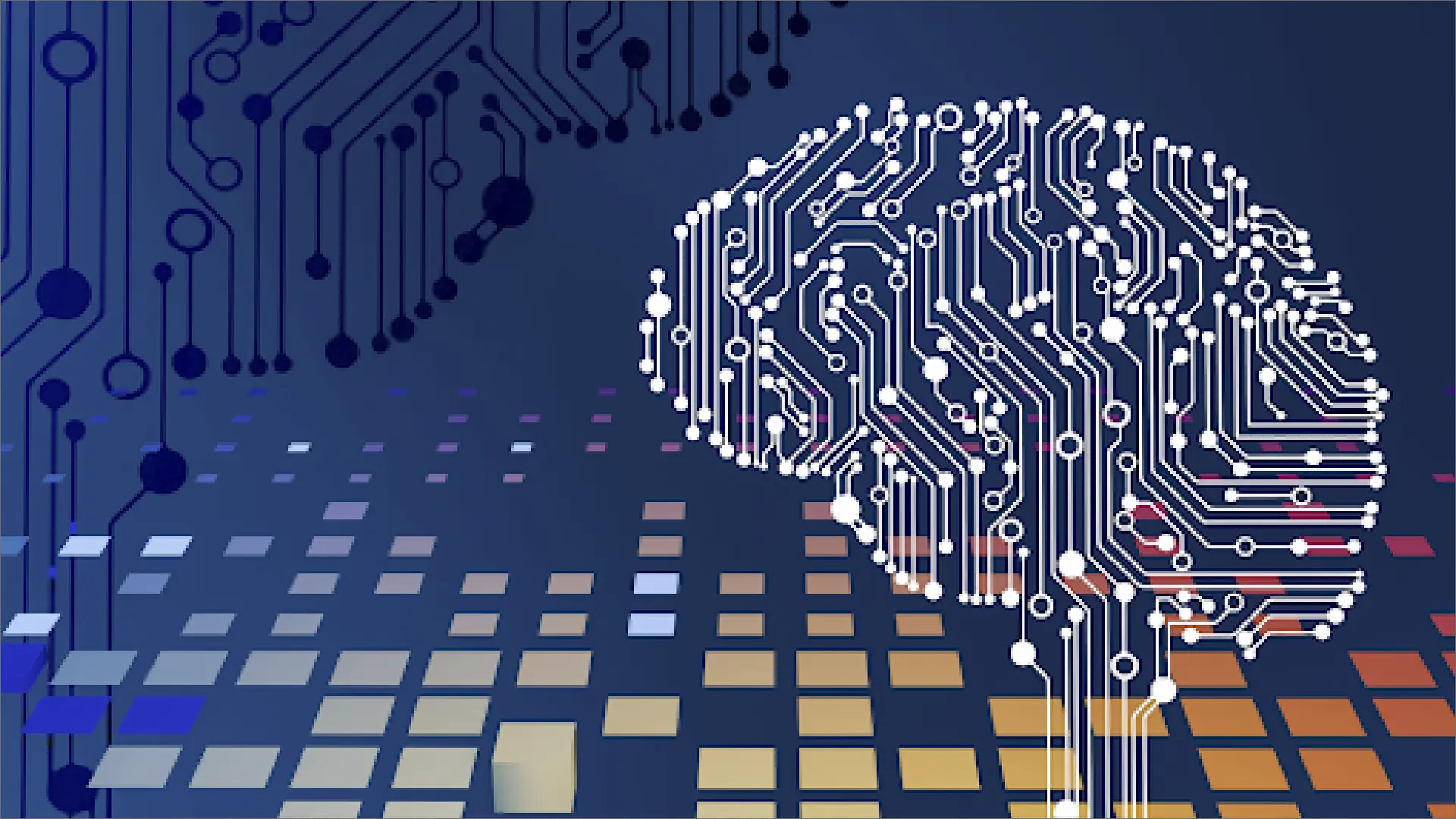Artificial intelligence now promises to automate routine tasks, enhance decision-making through insights drawn from big data, and optimize complex processes, boosting business efficiencies beyond human limitations. However, underpinning recent explosive AI progress remains innovative graphics processing unit (GPU) hardware purposely engineered to accelerate machine learning model developments through immense parallel processing potentials massively multiplying computing capacities required to tame otherwise impossibly immense neural network complexities now revolutionizing industries through unprecedented simulation scale.
What Are AI GPUs?
Artificial intelligence GPUs constitute speciality computer chips particularly well suited to accelerating AI work over traditional computer processors using unique architectures:
i. Containing Thousand or More Simpler Processing Cores
While traditional computer chips boast under a dozen highly complex central processing unit (CPU) cores tailored to general-purpose versatility, AI GPUs instead integrate thousands of simpler graphic processing cores tailored, specializing rapid repetitive parallel calculations, ideal machine learning, matrix math driving insights from big data essential for AI achievements recently.
ii. Leveraging Wider Internal Data Channels/Pipelines
AI GPUs further integrate high bandwidth memory subsystems and expanded internal data buses, shuttling information faster between internal processing cores and available RAM pools, allowing faster-fetching training data batches or model parameter updates crucial limiting processing lags holding back machine learning training workflow velocities to maximize productivity given very iterative nature of algorithms requiring many batched data passes for properly converging upon profitable accuracy.
iii. Supporting Specialized Software Libraries/Frameworks
Crucially, AI GPUs access many optimized software libraries crafted specifically to maximize the utilization of available onboard GPU hardware resources through code frameworks like TensorFlow, PyTorch, or CUDA. These frameworks support popular machine learning approaches at blazing speeds impossible on traditional nonspecialized hardware lacking similarly tailored tooling assets, ultimately empowering modern AI programming at an unprecedented scale.
Why Use AI GPUs Over Traditional Computer Chips?
While traditional computer processors certainly hold vital roles serving indispensable versatility needs across innumerable crucial workloads, comparisons against AI GPU advantages reveal sizable performance gaps:
i. Vastly Accelerated Training and Inference Times
GPU hardware enhances neural network model training productivity, often minimizing hours-long processes into minutes or seconds instead. It allows faster experiment iteration through hyperparameters seeking optimal scoring configurations, liberating precious researcher mindshares otherwise wasted awaiting batch run finalizations sluggishly making progress needlessly slow on archaic hardware unequipped to handle fluidly.
ii. Multiplied Energy Efficiency Benefits
In addition to huge time savings won, specialized AI chip architectures prove multiple times more computationally energy efficient, delivering vastly greater speed gains per watt consumed than general compute hardware, pushing model complexity boundaries farther before excessive utility bills neutralize operational gains dealing with arrises inefficiencies manifest at larger cluster scales.
iii. Tackling More Ambitious Model Complexity Horizons
Previously impractically immense neural network model architectures boasting hundreds of layers and billions of trainable parameters get feasible today through GPU clusters brute-forcing historically unthinkable mathematical complexity scales now advancing AI realism and commercial performances not long ago still believed physically unworkable on any existing digital substrates lacking GPU breakthroughs delivering such suddenly immense raw arithmetic muscle affording exploration into once unapproachable model sophistication.
iv. Democratized Access Spurring Widespread Adoption
Fortunately, precipitously declining costs procuring AI specialized hardware components continue each product generation sequentially, allowing smaller organizations to tap formerly exclusive capabilities, outpacing larger but slower-moving incumbents trapped fixed data center expenditure cycles years length risking disruption by more nimble competitors unencumbered embedding AI throughout operations freely experimenting ongoing without fears “big bang failures” derailing companies wholesale as risks. Democratization drives ubiquity.
Major Applications Using AI GPUs
Myriad industries now harness exclusive AI GPU hardware, accelerating solutions delivery, informational insights, and optimized decision automation, including:
1. Image and Video Processing
GPUs running deep learning algorithms empower real-time processing of high-resolution image feeds like medical diagnoses through X-rays, satellite imagery analytics monitoring global events, or manufacturing visual defect detections. This ensures product quality oversight catches flaws early before downstream wastes or dangers emerge undiscovered; otherwise, through limited human inspection, bandwidths are missing things.
2. Natural Language Understanding
GPU-based speech recognition, language translations, conversational dialog flows, and text analytics unlock immense unstructured data value from documents, calls, broadcasts, social feeds, and web pages. They power sentiment analysis, smart assistants, and unified enterprise search solutions with human-like comprehension accuracy at a machine scalability pace/cost.
3. Scientific Research
AI simulation, computational chemistry, genomic sequencing, drug discovery, and particle physics research all now utilize GPU clusters running massively parallel workloads, accelerating insights and findings otherwise practically unfeasible through traditional computational means alone. This opens new horizons and reveals the truths of the universe once hidden.
4. Financial Analysis
Stock trading predictions, quantitative hedge fund portfolio management, and anti-fraud transaction monitoring now leverage GPU power to scale numerical analysis magnitudes beyond legacy capabilities, securing markets while accurately optimizing investment capital allocations toward the most deserving recipients.
5. Healthcare Advancements
Cancer detection, robotic surgery precision, and expedited drug development with GPUs facilitate humanity’s fight against diseases at an enormously increased scale. Early diagnosis, complex treatment personalizations, and streamlined clinical trial processes save lives, accelerating mitigations’ faster arrival.
The Rise of Cloud-Based AI GPUs
While early AI work required purchasing dedicated hardware outright, cloud AI services now supply convenient subscription access:
1. Flexible Scalability On-Demand
Cloud GPU clusters allow scaling AI experimentations affordably from just single development boxes through immense enterprise-grade production workloads, supporting leading firms in training global predictive models and massive inference query volumes concurrently through effortless upward elasticity.
2. Lower Startup Costs
With no large upfront Capex investments required locally on-premise, cloud AI platforms lower barriers to testing early-stage ideas using metered pay-per-use billing scaling, precisely matching fluctuating operational needs month-to-month rather than overprovisioning hardware, guessing future peaks conservatively. Subscription models foster innovation.
3. Streamlined Machine Learning Operations
Convenient web dashboards and fully managed cloud offerings simplify traditionally complicated cluster administration tasks like driver version upgrades, dependency installs, or workload monitoring automation, freeing internal teams to focus on innovation rather than maintenance.
4. Latest Hardware Generations Access
Cloud provider’s continual infrastructure refreshes running the latest generations of high-end GPUs ensures developers access best-in-class hardware suiting complex models or experimental frameworks needing cutting-edge specifications unavailable locally through affordable metered rates benefiting from consolidation scale wholesale discounts behind cloud scenes transparently passed maximizing customer value.
Getting Started with Cloud AI GPUs
Accessing cloud-based AI GPU power simplified four easy steps, including:
i. Signing Up Self-Service
Create free accounts granting platform access for testing hosting first models at zero risks before buying into commercial plans matching go-forward needs.
ii. Configuring Cloud Resources
Select optimized GPU hardware templates, then adjust upwards/downwards fluidly, balancing utilization against metered rates benefiting from consumption pricing economies at a serious scale – paying precisely matching only what gets used rather than guessing vaguely.
iii. Deploying AI Models & Frameworks
Upload custom model code or tap preconfigured machine learning environment templates through Ready instantly, accelerating full-stack development productivity immediately through cloud convenience, avoiding local toolchain headaches that stall progress.
iv. Monitoring Operation Analytics
Review integrated GPU monitoring providing utilization insights, workload profiling assistance, and version guidance ensuring consistently maximized value extractions from precious hardware dedications around the clock through proactive performance care rather than reactive emergency responses after issues surface harming outcomes.
Final Words
Artificial intelligence promises tremendous efficiencies and insights across industries when empowered by specialized graphics processing hardware, unlocking unprecedented machine learning model complexity boundaries far surpassing capabilities traditional computer processors supported alone. Cloud solutions conveniently allow leveraging leading-edge dedicated AI infrastructure through flexible subscription access.



